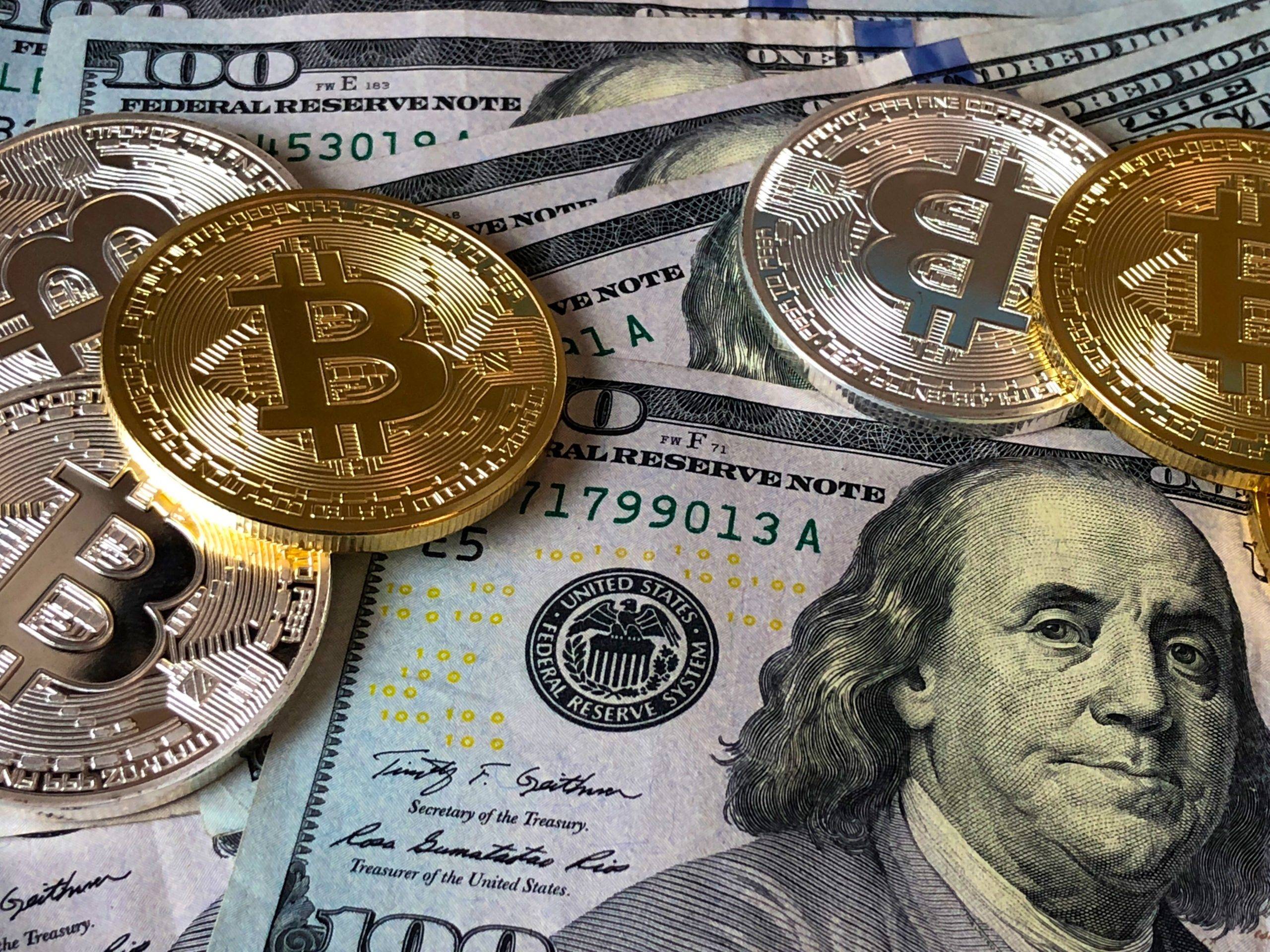
A Short Guide to Buying and Selling Currencies
A currency in the clearest sense is the currency in any shape or form when actually in circulation or use as a medium of trade, especially circulating coins and banknotes. In the modern world, all countries try to have a consistent set of legal tender which is known as the “sterling” dollar of that particular country. This is usually the US Dollar. The value of a currency can fluctuate significantly from one moment to another in a very short period of time. People who trade on the Forex market, or foreign exchange markets, are people who buy or sell currency based on speculations about movements in that currency. No physical currency is involved whatsoever.
One of the major currencies in the world today is the US Dollar. All other major currencies are based on their respective countries’ currencies. For instance, the Euro uses the French currency while the Japanese Yen is based on the Japanese Yen. These are just a few examples of currency systems. There are countless more.
Usually, when people think of trading in currencies, they think of trading coins in a foreign country. However, the currency exchange market actually trades currency pairs involving currencies from numerous countries. For instance, a European currency will usually be traded for a US Dollar. While it might not look that way on paper, this is true across the board in this type of market.
When you see a banknote, for instance, it is generally accepted that the bill has been printed in that particular country’s currency. Such currency bills are generally referred to as “bills”. However, a note – which is not a bill – may also be marked that has a symbol which identifies it as being produced in a country other than the issuing country. For example, if an American wanted to purchase a British Pound Sterling he would give a check for an equivalent British Pound Sterling.
Money is typically traded for its face value. Generally, this type of currency transaction is considered to be secure. This is because paper currency can be easily destroyed. For example, the United States government announced recently that a plan to help insure currency was coming to pass. The new legislation would require banks holding such currency to hold it in escrow or in a state of storage that would guarantee its face value. The U.S. government hopes that this step will reduce the losses suffered by institutions holding currency by making them less susceptible to acts of terrorism.
In summary, money is generally accepted as payment for goods or services in country X and is converted into currency Y by way of a process called barter. Money orders are either orally or virtually and are then matched up between buyers and sellers. This money exchange process takes place through a network of financial intermediaries. A common example of such a system is the New York exchange. In conclusion, currency systems are considered a crucial element of global trade.